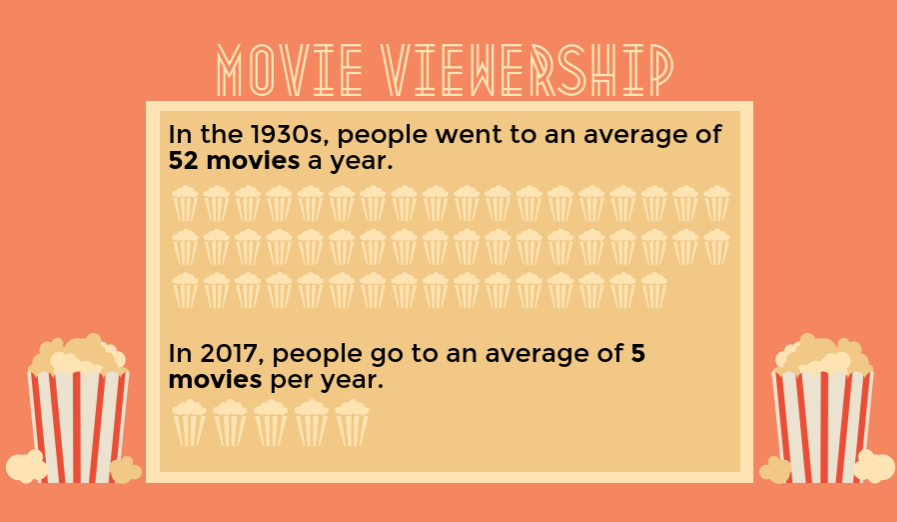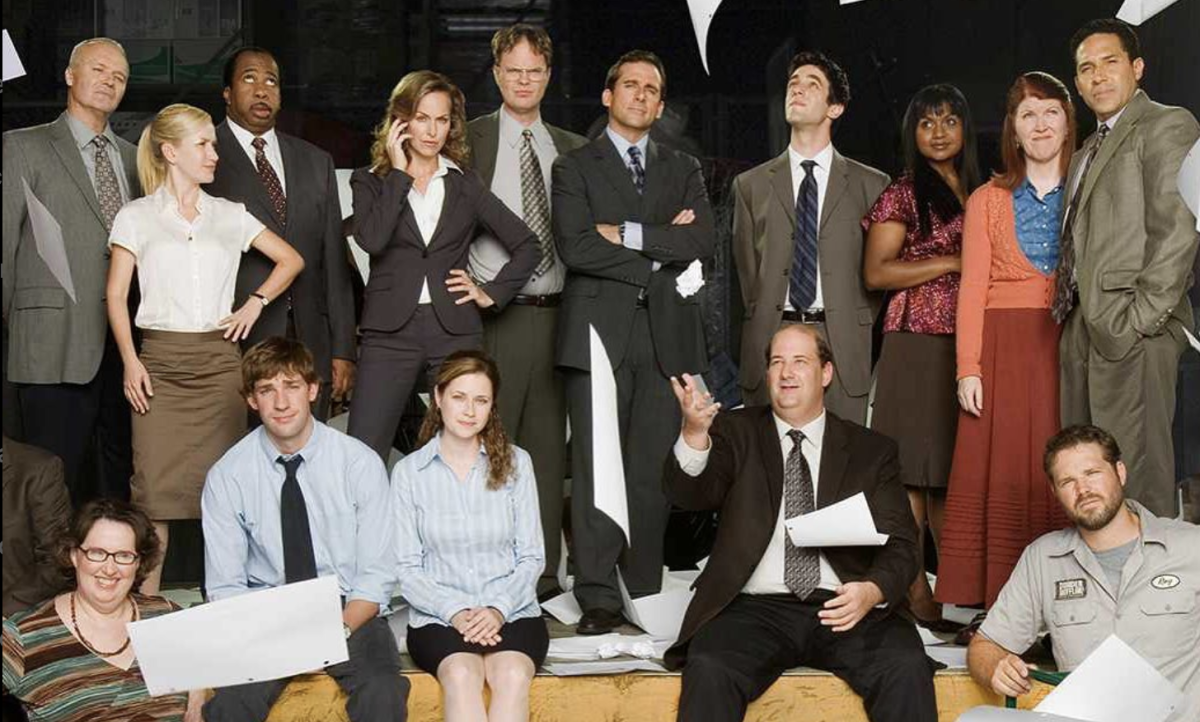Hollywood: let’s shake it up; I’m sick of cliches
October 1, 2017
Over the summer, I watched a movie, and one of my favorite scenes was a heartbreaking sequence in which the main character shed a single tear as he looked off in the distance. What was the movie called again? X-Men? No, it was Mission Impossible. Or maybe it was Star Trek? Whiplash? Spider-Man?
Oh wait. I think I’m describing all of them. All those movies have the single tear.
This scene is one of many simple methods filmmakers use to convey deep emotions. That single tear represents an intense yet repressed sadness. Characters touching hands through opposite sides of glass shows an emotional distance. A character walking through a crowded setting with earbuds in shows isolation. Tropes like these are all easy methods of communicating characters’ emotions, but they’re also cliché and overused. At this point, they make movies that have them irritatingly predictable.
While movies used to represent excitement and innovation in American culture, Hollywood today doesn’t have that glamour. Indeed, in the 1930s, most Americans saw an astonishing 52 movies a year, according to Business Insider. Today, the Harris Poll finds that the average American sees only five movies in a year. One reason for this decline may be closely related to the single tear trope: movies appear so similar that Americans have no motivation to go see them. We see a new trailer and immediately notice how much of that movie we’ve probably already watched.
This summer, I began wondering just how much I could predict about a movie. I did an experiment. My friend and I found a movie on Netflix called “The Space Between Us.” It sounded cheesy and predictable. Before pressing play, we wrote down everything we thought would happen— every cliché moment and dramatic scene that we’d seen before, and knew we would see again.
Our predictions were scarily accurate: “Emotional discussion about why character has trust issues,” “begins and ends with voice over,” “heroine is really rude to show the audience how indisputably tough she is,” “father figure is overly protective which causes unintentional harm,” and finally, my personal favorite, “prolonged cry-hug with a whispered ‘I love you.’”
I was shocked to see that the movie included all of that.
Great movies aren’t characterized by this predictability. Great movies think outside of the box, finding new ways to convey these movie emotions. They create those ingenious moments that stick with us long after we’ve seen them.
If all movies tried to do this, it could spark some kind of entertainment renaissance. Just think: if we’d only seen the single tear once, it would be a haunting moment in movie history. But we’ve seen it at least a million times, so it’s forgettable.
My plea to Hollywood is this: please shake it up. Let’s use new techniques, and give the audience something to think about. I’ve gotten sick of predictable movies, and I’m ready to see a great one.









